What Is The Metaverse: Where We Are & Where We’re Headed
Check out my initial blog on the metaverse here:
https://blog.alleninteractions.com/what-is-the-metaverse-where-we-are-and-where-were-headed
Written by Brooks Canavesi on . Posted in Blog, Technology trends
Check out my initial blog on the metaverse here:
https://blog.alleninteractions.com/what-is-the-metaverse-where-we-are-and-where-were-headed
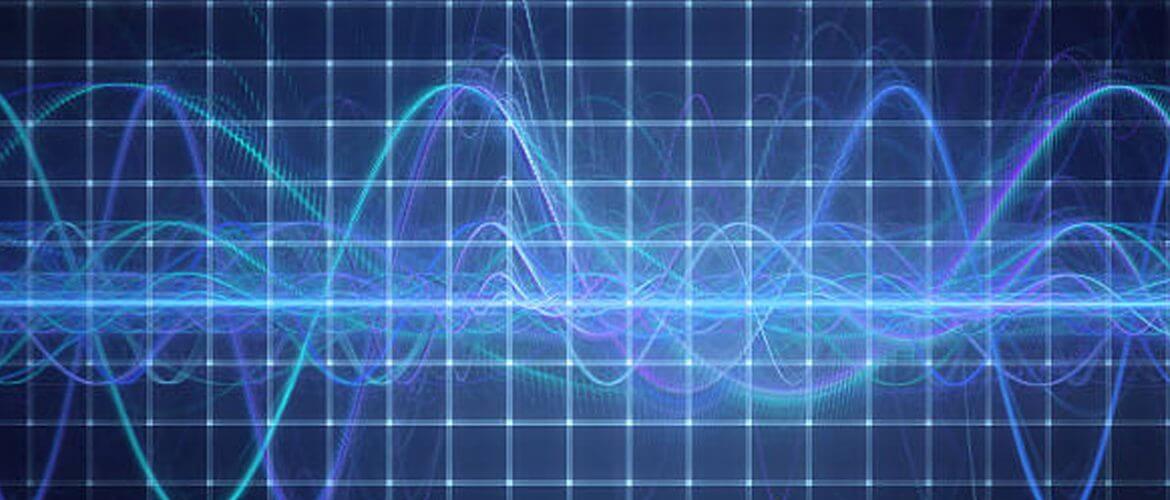
Written by Brooks Canavesi on . Posted in Technology trends
All around the world, carriers are rolling out the latest generation of cellular network technology, 5G, which promises much higher data rates, lower latency, and increased capacity. In the Ericsson Mobility Report, the multinational networking and telecommunications company predicts that 5G networks could carry 35 percent of mobile data traffic globally by 2024.
However, not everyone is looking forward to the benefits of 5G networks. In fact, some worry that the latest generation of cellular network technology could have a profoundly negative effect on the health of all people who become exposed to it. Let’s explore the reasoning behind these fears to find the truth about 5G safety.
A decade has passed since the first commercial deployment of the fourth generation of broadband cellular network technology, better known as 4G. Since then, the number of connected devices has exploded, and the Internet of Things has matured beyond buzzword status into a fact of life in developed and developing countries alike.
The current broadband cellular network technology is unable to satisfy the growing need for high-performance, low-latency cellular connections. 5G promises to enable billions of new connections with at least a tenfold improvement in network performance. It also promises network latency that doesn’t exceed a couple of milliseconds and a high-capacity, high-reliability architecture comprising of many small cells.
“5G will enable blossoming technologies that rely on connectivity to the internet to go widespread, from connected self-driving cars to smart plugs, lights, cameras, toothbrushes, thermostats, healthcare monitoring devices and more,” writes Ethan Siegel, a senior Forbes contributor and the author of science blog Starts With A Bang. “The Internet of Things is coming, and 5G is the technology that will take it mainstream.”
To deliver on its promises, 5G technology uses both the existing LTE frequency range (600 MHz to 6 GHz) and millimeter wave bands (24–86 GHz). Today, millimeter-wave bands, also called mmWave, are used mostly for satellite and point-to-point radio links. Some people are worried that prolonged exposure to higher doses of millimeter-wave bands could have negative biological effects because radiofrequency energy at these frequencies is absorbed superficially by the body, mostly by the skin.
There were even protests earlier this year in Wales and Switzerland, with thousands of protestors demonstrating against the rollout of the new technology. When opponents of 5G are asked why they believe the technology could be harmful, they often refer to the World Health Organization (WHO) and its classification of all radiofrequency radiation as possibly carcinogenic.
More recently, some 5G critics have been mentioning a toxicology report released in 2018 by the US Department of Health, which found that male rats exposed to high doses of radiofrequency radiation developed a type of cancerous tumors in the heart.
To add fuel to the fire, there are researchers like Joel M. Moskowitz, who is known for publicly voicing his concerns about the possible health risk of 5G. Moskowitz works on public health issues that include cell phone risk, tobacco control, and alcohol abuse at the faculty of the School of Public Health at the University of California, Berkeley, published an influential article in Scientific American, titled “We Have No Reason to Believe 5G Is Safe.”
Does this mean that 5G is really dangerous and that there is a valid reason for concern? To properly answer this important question, it’s necessary to start with a brief explanation of the science behind cellular communication.
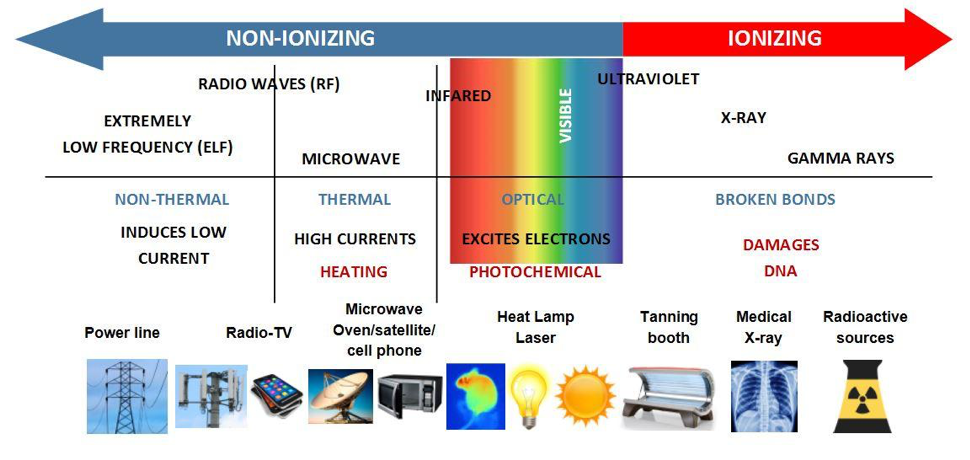
At the heart of the fears surrounding the rollout of the latest generation of cellular network technology is something called radiofrequency radiation (RFR), which is the radiation (the emission or transmission of energy in the form of waves or particles through space or through a material medium) produced by the transfer of energy by radio waves.
Even though RFR sounds scary and is often associated with nuclear radiation, the two types of radiation differ in one very important aspect: RFR is non-ionizing, just like all lower-energy radiation, which includes optical (visible) and infrared (heat) radiation.
Low-energy radiation is also called non-ionizing radiation because it doesn’t have enough energy to detach electrons from atoms or molecules and thus cause damage at the cellular level to biological organisms.
On the other hand, the radiation from x-rays is probably the most known form of ionizing radiation, and there’s a very good reason why doctors always try to minimize exposure to it as much as possible with lead shields and other radiation protection solutions.
Even though millimeter-wave bands have a much higher frequency than LTE bands, they are still very much in the non-ionizing part of the electromagnetic spectrum. Because RFR has such a low power, even prolonged exposure to it is nothing compared with the exposure to sunlight.
“To put it in context, the weakest visible light is more than 17,000 times more energetic than the highest-energy 5G photon possible. Were they consistent, anti-5G activists should be orders of magnitude more concerned about light bulbs than cellular phones. The fact that they aren’t is indicative of a gross misunderstanding,” writes David Robert Grimes, an Irish physicist, cancer researcher, and science writer.
What’s more, the power of 5G signals sharply decreases with distance. What would be classified as a high radiation dose when standing just a few inches away from the sour goes down by a factor of 10,000 about 33 feet from it. It’s estimated that a portable radio or boombox produces far more radiation of similar frequencies when held close to the body as one would receive from a 5G device carried in a pocket.
“The maximum radio frequency level that someone in the community could be exposed to from 5G (or any other signals in general community areas) is so small that no temperature rise has been observed to date,” says Professor Rodney Croft, an adviser to the International Commission on Non-Ionizing Radiation Protection (ICNIRP). In other words, 5G and earlier mobile technologies don’t produce any harmful heating effects.
According to one scientist who worked on the report that found that male rats exposed to high doses of radiofrequency radiation developed a type of cancerous tumors in the heart, “exposures used in the studies cannot be compared directly to the exposure that humans experience when using a cell phone,” and that goes even for heavy users. In fact, the same study found that rats exposed to the radiation lived longer than those in the control group.
The fact that the WHO classified all radiofrequency radiation (of which mobile signals are a part) as possibly carcinogenic doesn’t sound too scary when you learn that this category is used for agents, mixtures, and exposure circumstances for which there is limited evidence of carcinogenicity in humans, such as pickles. Alcoholic drinks and processed meat are in a higher category because the evidence is stronger.
“Using the term radiation is misleading because people think of nuclear weapons—they think of ionizing radiation that absolutely can cause damage. It can kill cells. It can cause DNA mutations,” says Dr. Steve Novella, an assistant professor of neurology at Yale and the editor of Science-Based Medicine. “There’s no known mechanism for most forms of non-ionizing radiation to even have a biological effect,” he says.
Instead of studying the potential negative impact of individual 5G devices, it might be more useful to take a step back and look at the effect mobile technology has had on people since the very beginning. Between 1992 and 2008, cell-phone usage has grown from virtually zero to 100 percent, but there has been no indication of the increase of cell-phone usage resulting in more cases of cancer.
Numerous studies have confirmed this, many of which focused on RF workers, who install the wireless communication towers that provide the necessary infrastructure for 5G and are exposed to very high doses of RFR on a daily basis.
A good example is the 13-country INTERPHONE study, which unequivocally concluded that there was no causal relationship between phone use and incidences of common brain tumors such as glioblastoma and meningioma after to measuring the impact of cell phone usage on the human body for decades in 13 countries. There are also several long-term studies that studied radar workers, and they all concluded that the exceptional levels of RFR to which they are subjected to do not show a hint of increased cancer incidence.
All these and many other studies paint a clear picture: no adverse health effects have been established as being caused by mobile phone use to this date, and there is no scientifically valid reason to believe that the rollout of 5G would change that.
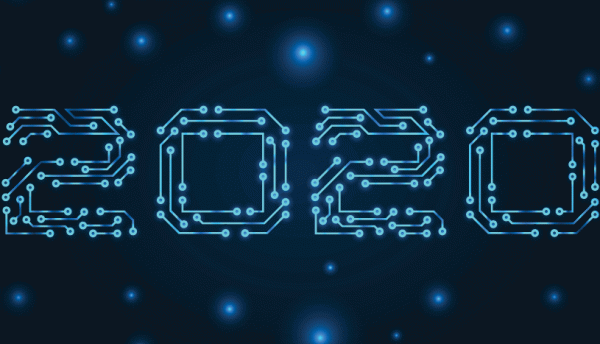
Written by Brooks Canavesi on . Posted in Technology trends
The 4th industrial revolution is in full swing, and several emerging technologies are expected to profoundly impact nearly every industry in the coming year. To remain competitive, organizations must keep ahead of them, anticipating their arrival and understanding their impact to make good business decisions. Based loosely on the latest Gartner’s Hype Cycle for Emerging Technologies report, this article describes the top 3 emerging technologies to follow in 2020.
The fifth generation of cellular network technology is designed to support 1,000-fold gains in capacity to connect at least 100 billion devices and provide extremely low latency and much higher data rates than 4G.
Already, the largest telecommunication companies in the world are rolling out 5G in countries like the United States, South Korea, and China. In 2024, 5G networks are expected to cover up to 65 percent of the world’s population, enabling the Internet of Things to grow at an unprecedented rate and creating the opportunity for organizations to take advantage of faster internet speed and lower latency.
The first 5G-enabled smartphones have already been released, and virtually every smartphone manufacturer that matters will have at least a few models on sale in 2020.
In recent years, organizations across all sectors have been using a blend of artificial intelligence, machine learning, and automation tools to automate critical processes, improve efficiency, and reduce their operation expenses.
In 2020, automation is expected to reach a whole new level and include even processes that currently have been automated only partially. The new level of automation is referred to as hyper automation, and it incorporates smart and rapid automation driven by advanced analytics and machine learning.
Wipro, an Indian multinational corporation that provides information technology, consulting, and business process services, is at the forefront of hyper automation, offering a comprehensive end-to-end platform that has been designed and developed for new age telecom services.
Voice user interfaces rely on speech recognition to understand voice commands and make spoken human interaction with computers possible. They are expected to replace graphical user interfaces as the main form of user interface that allows users to interact with electronic devices.
In the past, voice control wasn’t possible because electronic devices lacked the necessary processing power to understand voice commands in real time. However, modern CPUs are capable of running advanced language processing algorithms that leverage machine learning and artificial intelligence to accurately understand tone, puns, and even sarcasm.
The proliferation of voice user interfaces is fueled by the growing popularity of smart devices and the need to control them without a costly touchscreen on an external input device.
From 5G connectivity to hyper automation to voice user interfaces, the year 2020 will see the arrival of several emerging technologies, all of which are expected to profoundly impact all forward-thinking organizations and create numerous growth opportunities. Those who manage to stay ahead of them can expect to enjoy a competitive advantage in the near future.
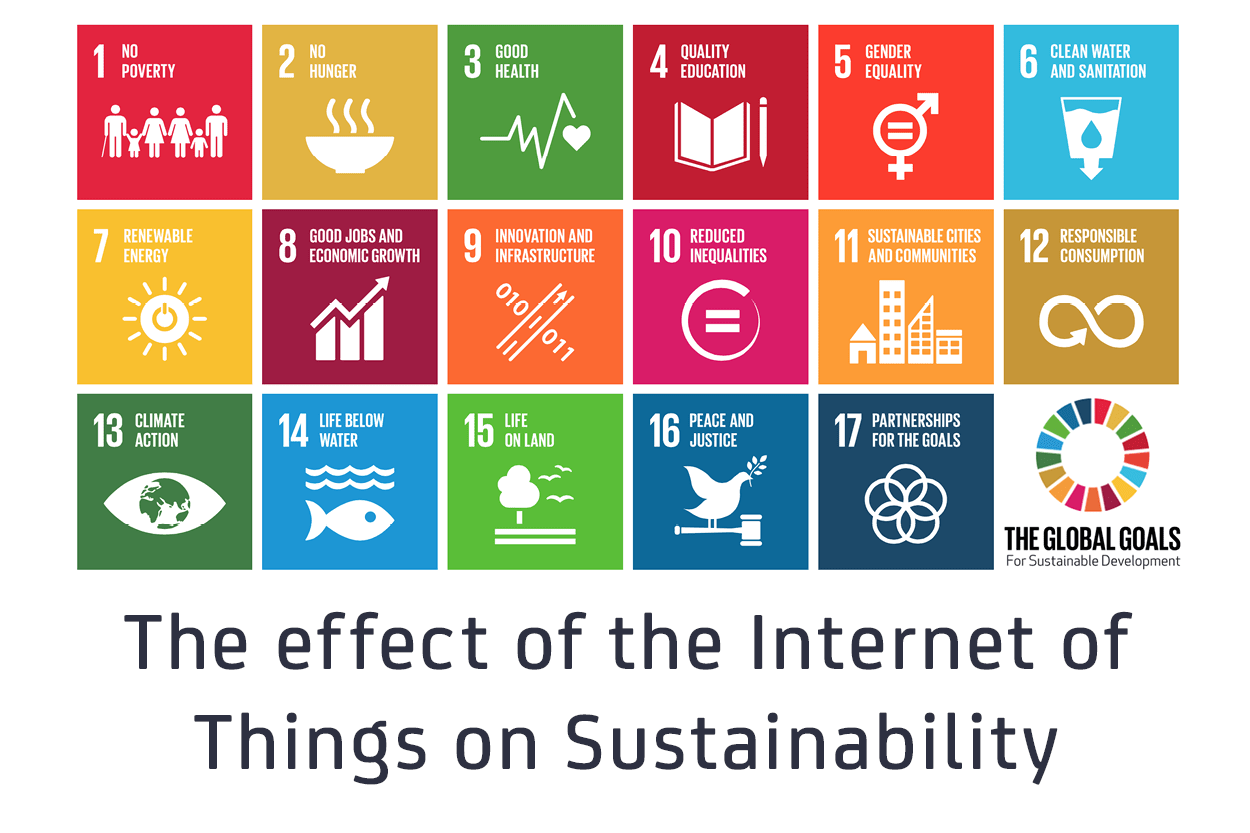
Written by Brooks Canavesi on . Posted in Blog, IoT
The Internet of Things, commonly referred to simply as the IoT, is growing faster than most people expected just a few years ago. IHS estimates that there will be 75.4 billion connected devices by 2025, up from 15.4 billion in 2015. In addition to automating homes and offices, connected devices are also powering the Fourth Industrial Revolution (4IR) and fundamentally altering the way organizations are moving toward achieving their sustainability goals.
Since the dawn of civilization, humankind has been inventing new technologies to overcome difficult obstacles and prosper. Unfortunately, the very same technologies that have allowed many people on this planet to live lives of luxury have created problems so serious that the only way to solve them is with immediate action.
Recently, scientists have recorded the highest level of CO2 emissions on earth since records began, detecting 415.26 parts per million. “The number keeps rising, and it’s getting higher year after year,” said Wolfgang Lucht, from the Potsdam Institute for Climate Impact Research.
According to the Paris Agreement, a landmark agreement within the United Nations Framework Convention on Climate Change signed by 186 parties, CO2 emissions would need to decline by 50 percent by 2030 and reach net zero by around 2050 to limit global warming to 1.5 degrees Celsius.
“Despite the Paris climate agreement, despite all the speeches and the protests—we are not seeing that we are bending the curve yet,” added Lucht. To change this, public and private organizations alike need to set clear sustainability goals and take all the steps necessary to meet them.
In 2018, the World Economic Forum (WEF), a not-for-profit organization for public-private cooperation, investigated 643 applications of IoT technology before publishing its Internet of Things Guidelines for Sustainability. The research revealed that 84% of IoT use cases were addressed, or could potentially address, the UN’s Sustainable Development Goals.
The goals include not just climate action but also no poverty, zero hunger, good health and well-being, quality education, gender equality, clean water and sanitation, affordable and clean energy, decent work and economic growth, industry, innovation, and infrastructure, reduced inequalities, sustainable cities and communities, responsible production and consumption, life below water, life on land, peace and justice and strong institutions, and global partnerships for sustainable development.
Even though the IoT is not immediately associated with CleanTech, the possibilities various IoT solutions offer industry when it comes to driving improvements to organizations’ sustainability across all kinds of processes and developments are huge. To better understand how connected devices could help create a better world, let’s take a closer look at some of the most promising IoT use cases for sustainability.
Water scarcity is listed by the World Economic Forum as one of the largest global risks in terms of potential impact over the next decade. Today, approximately 70% of the world’s fresh water goes toward agriculture, twice as much as is used for municipal purposes and in industry. IoT devices can help farmers detect water leakages, which are estimated to result in a 26% loss of stock drinking water.
The IoT also helps farmers collect a wealth of useful information, such as soil quality, weather conditions, and equipment efficiency. This information can then be analyzed to achieve greater crop yields, lower production risk, and higher production efficiency. Devices like Arable and Semios make it very easy for farmers around the world to extract real-time, actionable insights from their fields and access their data from anywhere and in real-time.
By 2025, the smart agriculture market is expected to triple in size and reach $15.3 billion. This figure clearly illustrates that farmers are already aware that small, technology-driven tweaks to their farming methods can have a big knock-on effect, which is exactly what the humankind needs to feed the 9 billion people the UN Food and Agriculture Organization (FAO) expects to live on Earth by 2050.
Waste management is a critical component of sustainability, and there are many opportunities to improve it with smart technology. Garbage collectors today waste a lot of time and spend a lot of fuel traveling to trash cans that are only half full because they have no way of knowing which trash cans need to be emptied before they physically inspect them.
Sensoneo estimates that smart waste collection can reduce collection costs by nearly 30% and lowers carbon emissions up to 60% by decreasing the number of collection instances by up to 80%. Connected trash cans would additionally make it considerably easier for consumers to locate the nearest trash opportunities, and they could even intelligently identify recyclable materials.
Beyond waste collection, the IoT has the potential to play an integral role in reducing food wastage and preventing food recalls. In industrialized countries, food losses and waste amount to roughly $680 billion in industrialized countries and $310 billion in developing countries, according to the Food and Agriculture Organization of the United Nations, and all the food that gets buried in landfills is a major contributor to methane emissions.
By implementing smart temperature monitoring and alert systems to protect food during transport and storage, much of our waste can be avoided, and food producers would further benefit from access to rich data that could be used, for example, to automatically optimize delivery times in order to avoid extreme temperatures.
According to EnergySavvy, a software company that enables utilities to transform their utility customer experience through modern personalization, automation, and engagement, a typical house wastes 30% more energy than an efficient one does.
The problem is that consumers often have no idea what their current and average energy consumption are, which makes it difficult for them to make well-informed decisions about their energy, water, and gas consumption. Smart meters make it possible to monitor usage remotely and make the gathered data available in real-time directly to consumers.
Utilities benefit because they no longer have to send someone to collect meter readings, and consumers benefit because they get access to the information they need to modify their habits and reduce their carbon footprint. In one of its reports, British Gas estimates that residential customers using smart meters save nearly $42 a year on their energy bill, which may not seem like much until you multiply the number by the number of households and office buildings.
Smart meters enable utility providers to effortlessly incorporate renewable power sources, which is why the Environmental Defense Fund estimates smart grids to cut air pollution from the energy industry by up to 30% and prevent around 34,000 deaths a year.
Romanian company Flashnet calculated that 40% of the public budget’s energy bill is spent on street lights. The company has developed a smart street lighting control system that’s designed to automatically provide the right amount of light where and when needed. Called, inteliLIGHT, the system can use any open protocol communication technology and has been demonstrated to lead to significant cost savings.
Navigant Research, a market research and advisory firm, believes that smart LEDs that automatically adjust to natural conditions can generate 10-20% savings, while smart lighting company enModus is even more optimistic: estimating that smart LEDs can achieve up to 99% energy cost savings compared with traditional incandescent light bulbs.
Already, consumers can choose from a broad range of smart lighting products compatible with standard lighting fixtures and available at increasingly more affordable prices. Apart from automatically adjusting to natural conditions, smart lighting products also take advantage of motion detectors, optical cameras, door contact sensors, micro radars, and other components.
It takes just one day for a single showerhead or faucet that drips at the rate of 60 drips per minute to waste 21 liters of water. According to the World Bank, the total global cost of non-revenue water, which is water produced and lost by utilities, nears $14 billion, and the number is expected to keep increasing sharply in the future as more and more countries become industrialized. In the United States, the average city loses around 30% of its total water supply through leaks or unbilled usage, and some places, such as Delhi in India, lose over 50%, which is especially alarming considering that India is fighting a massive water crisis.
To reduce water leakage, Huawei has developed a smart water monitoring solution that adopts a grid-based water meter system, monitors the pipeline network in real time, and rapidly locates pipeline failures to enable leakage analysis. The solution was first deployed in Shenzhen, where it significantly improved the experience for Shenzhen Water Group customers and made water usage and water flow analysis now much easier to undertake.
“The commercial NB-IoT-based Smart Water project jointly conducted by Shenzhen Water, China Telecom, and Huawei will play an exemplary role in the development of the IoT industry and Smart City worldwide. I hope that the three parties can duplicate the cooperative achievements seen in Shenzhen and apply these principles across China, and eventually extend them to overseas markets,” said Edward Deng, President of Huawei Wireless Solution.
Especially in large cities, air pollution is a serious problem that poses a major threat to health and climate alike. Using IoT sensors, cities and private organizations can gather extensive information to localize the biggest polluters and warn residents when pollution exceeds permittable levels.
Wanting to better understand roadside air quality, the Royal Borough of Greenwich, London, teamed up with the Global Systems for Mobile Communications Association (GSMA) to mount sensors on an electric vehicle and use them to measure air quality as part of the Smart London initiative, whose goal is to transform London into the smartest city in the world.
In South Korea, KT Corporation, the country’s largest telephone company, launched an air quality monitoring app called Air Map Korea. The app collects and analyzes air quality data from 1,500 spots nationwide in a bid to help the government draw up a better policy for reducing fine dust levels.
“We have begun the Air Map Korea project, based on our innovative technologies such as IoT and big data analytics, to help the government resolve fine dust issues. KT will actively cooperate with central and regional governments as well as research centers to reduce the public health risk of fine dust,” said Kim Hyoung-wook, head of KT’s platform business planning office.
Siemens’ Crystal building is a perfect example of how various IoT technologies can be combined to meet challenging sustainability goals. Thanks to its connected systems for lighting, air-conditioning, heating, and more, the offices in the building produce about 70% less CO2 compared with typical office buildings, which is why the building has become the first to achieve the highest sustainable building awards from LEED and BREEAM, the world’s two leading accreditation bodies.
Since commercial buildings account for nearly 20% of US energy consumption and 12% of the greenhouse gas emissions, according to the US Energy Information Administration, more efficient building designs and technologies are essential for minimizing the impact humans have on the environment.
In the future, smart buildings could even be an important part of the global ecosystem, filtering the air and water, producing clean energy, and providing shelter not just to humans but also plants and animals. It’s difficult to estimate how long it will take to get there, but it’s certain that it won’t be possible without the IoT.
There are many ways how the IoT can help organizations achieve their sustainability goals, and we’ve identified and described several of them in this article. With the demand for connected devices from private and public sectors alike increasing, it’s guaranteed that their manufacturers will find ways how to make them even more useful, secure, and accessible than they are now. Indeed, the future is a promising one, and it’s nice to see modern technology being used to solve many of the problems it has created.
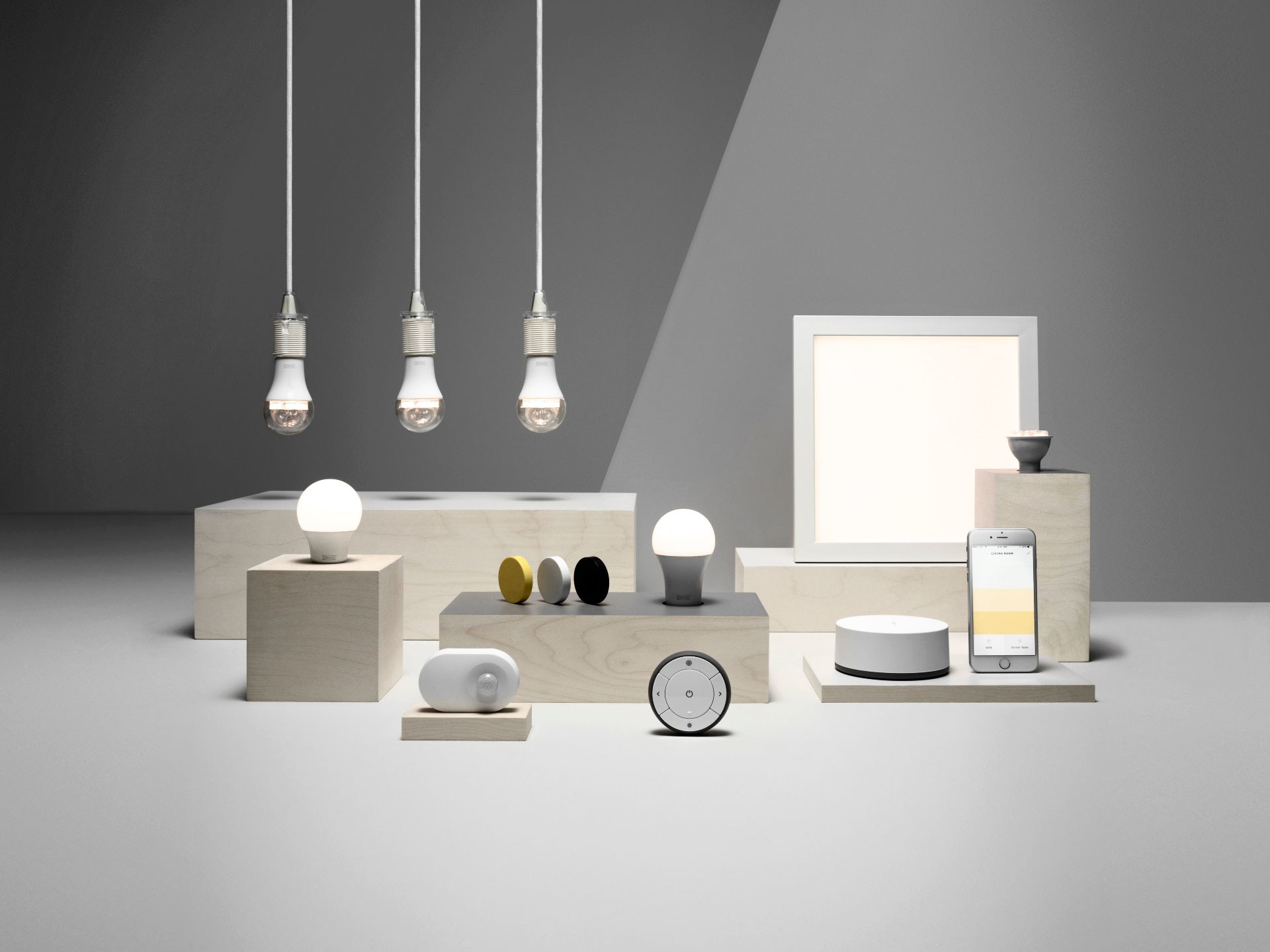
Written by Brooks Canavesi on . Posted in IoT
Even though we’ve been hearing about smart home devices for many years, most homes don’t even remotely resemble the connected vision of the future that all manufacturers of smart home devices would like to transform into mainstream reality.